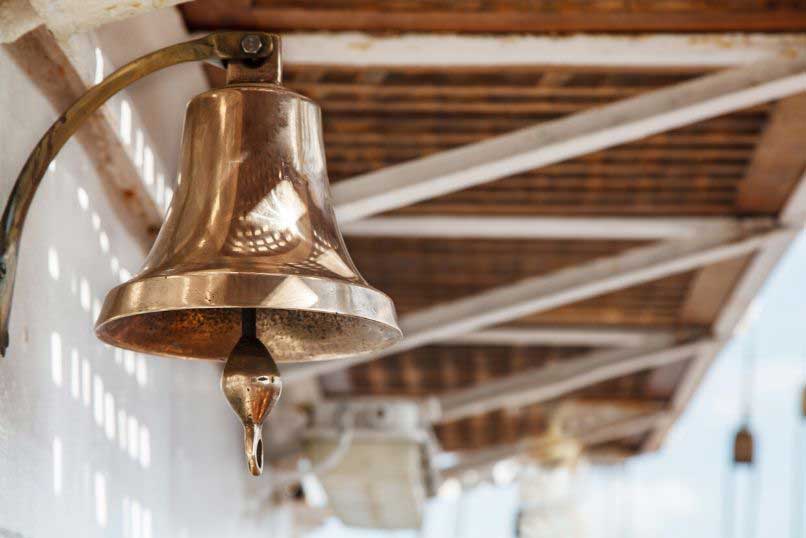Naval brass is easy to form
Naval brass, despite its significant toughness, is fairly easy to form. It can be cut into different shapes and formed rather easily compared to other metals. It can be formed to have different densities, an important advantage in ship manufacturing, and can even be cut down into different thicknesses. It has a very high density but can’t resist tension or pulling forces, which is common in shipbuilding. It also is able to maintain its form under high temperatures and high pressure. Pressures can get high in a seaside setting, so this is another trait that makes the formability of naval brass appealing to ship manufacturers.
Naval brass is a tough metal alloy
Naval brass is known to be a tough metal alloy. It can hold its form under extreme heats, extreme pressures, and through severe wear and tear. This makes it an ideal material from which to create ships. Ships see some of the most severe conditions, so they require a metal that can hold its ground and integrity. Naval brass is a mixture of copper, zinc, and tin. It is designed to improve ship performance and endure rough conditions without budging or compromising the integrity of the ship’s exterior.
Naval brass is corrosion resistant
Naval brass was designed to be exceptionally corrosion-resistant. Saltwater is a very corrosive material that ships live in. Naval brass is able to withstand this corrosive substance along with numerous other corrosive substances with greater success than other metals. It is commonly used to improve the outer coverings of ships during the manufacturing process. It helps ships to last longer and stay safe on the harsh seas.

